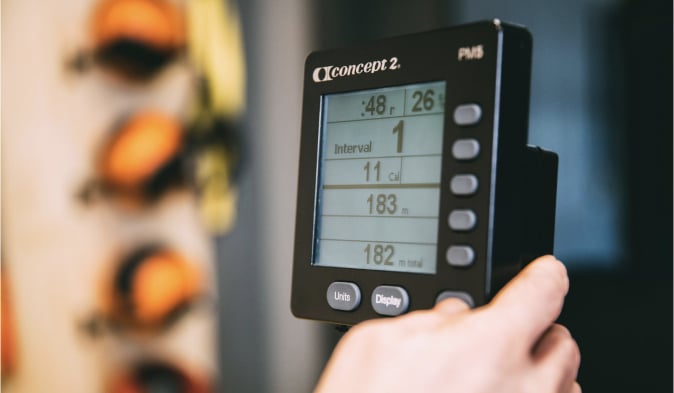Training and Education
All of our equipment is easy to learn. Once you know the basics, you’ll be well on your way to reaching your fitness goals. Our website contains technique information and tips on how to use our products, as well as training programs, videos and plenty of other material to help you get the most out of your machine!

Rowing Technique
Before your first workout, take the time to watch our technique videos. Learning proper technique from the start will help you row better and faster in the long run. It will also help prevent injury and keep you from developing bad technique habits that are difficult to break.

SkiErg Technique
People use many different techniques with the SkiErg. Find out how to use the powerful, efficient double-pole technique used by cross-country skiers. This technique will ensure a low-impact, full-body workout for your upper body, core, and lower body.

ErgData
Our free app can be your new personal training partner. As well as allowing you to track all your workouts, you can also store them as favorites, take part in our popular Workout of the Day and, if you're after some company, join the Real Time Loop, our virtual course that's always open.
Videos
We have videos covering everything from getting started to some useful drills.

Workout of the Day
A new Concept2 workout, delivered to your inbox every day. It's also available right on ErgData, where it can be automatically set up for you. You can also see how you compare with people from across the world on our WOD leaderboard.

Training Plans
We’ve got a wide range of programs that will help achieve your goal. Whether it’s getting started or training for a 2000m race, check out our training plans to see how we can help.